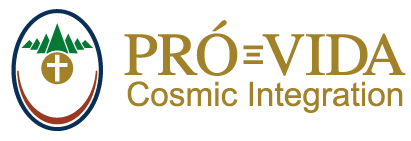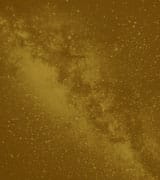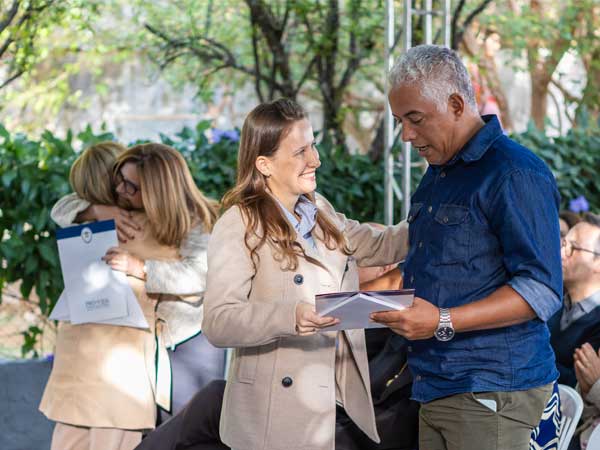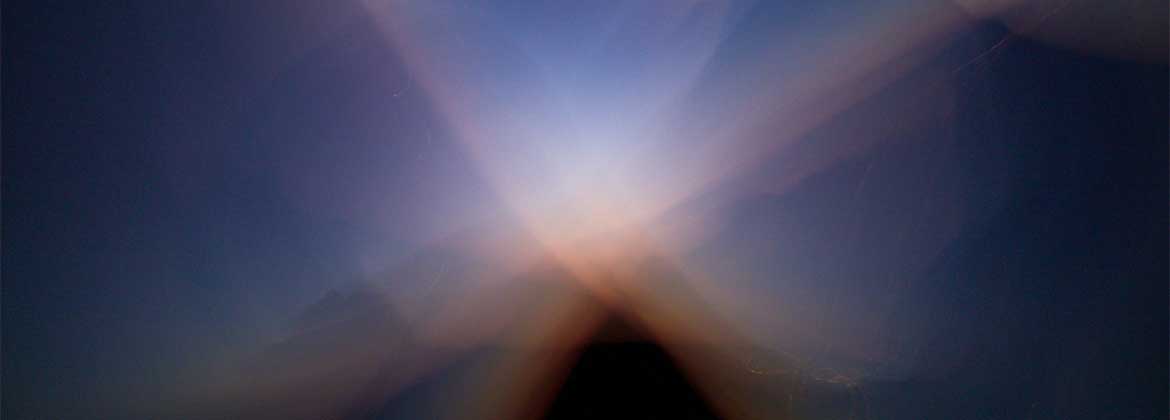Astronomical Ephemeris – June, 2022
Astronomical Ephemeris – June, 2022


What do you think about while observing the stars? How does it feel when you are surprised by a meteor drawing across the sky? Observing the stars and celestial phenomena can be a source of inspiration about the greatness of the universe and about ourselves, even as part of its composition.
Astronomical ephemeris indicate good opportunities to contemplate the sky with the naked eye. This June, four events stand out: a Supermoon, the summer and winter solstices, in the Northern and Southern hemispheres, respectively, and the best time to view the planet Mercury.
Astronomical events
June 14 – Supermoon
The moon will have its brightness intensified in the Supermoon. The phenomenon occurs when the full moon coincides with the perigee, which is the point of maximum approach to the Earth.
During the Supermoon – a term that originated among astrologers in the late 1970s – the lunar disk can increase by up to 14% in size, but not so noticeable to our naked eyes, and by up to 30% of its brightness, the aspect that our eyes perceive the most.
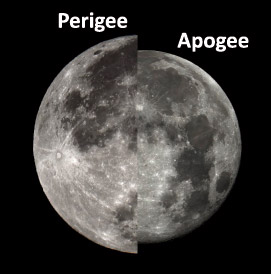
June 16: Mercury’s maximum elongation
Before sunrise, the Moon will share some of its protagonism with little Mercury, which will enter a period of maximum elongation (greater angular distance from the solar disk), with 36% of its surface illuminated. It’s during this period that observation of Mercury is most favorable, since its visibility is overshadowed by the brightness of the Sun, as it is the planet in the closest orbit to it.
To appreciate the phenomenon, look to the geographic East before dawn.
Observable in both hemispheres.

June 21 – Summer and Winter Solstices
In astronomy, the Solstice phenomenon (from the Latin Sol+sistere, “sun that does not move”) is the specific time of day (accurately provided by astronomers) when the Sun reaches its greatest angular distance in relation to the equator, in its apparent movement in the sky, resulting in the difference in light received by the hemispheres.
When the incidence of sunlight is greater in one hemisphere, the summer solstice occurs, characterized by having the longest days. And when it’s lower, the winter solstice occurs, with longer nights.
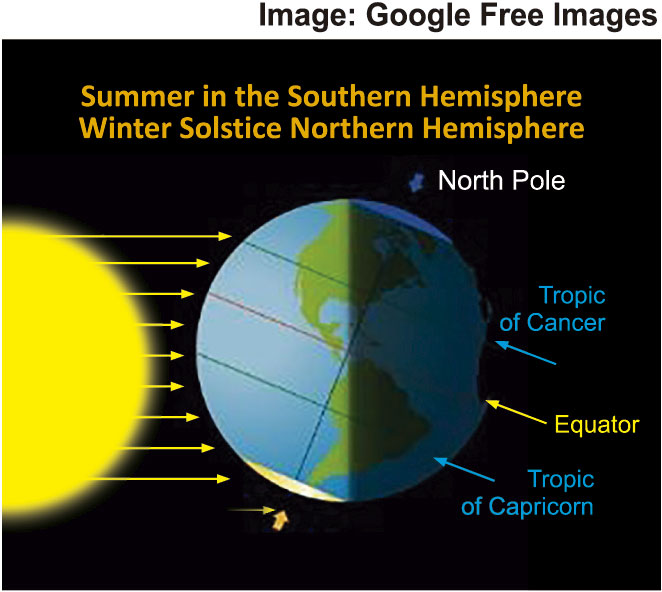
Conjunctions in June
Check the schedule and more information in the image gallery.
The phenomenon called “conjunction” occurs when the observer here on Earth has the apparent view that two or more celestial bodies are very close. This proximity between the celestial bodies, perceived by our eyes, without the help of equipment, is not real. They are actually very far apart.
Note:
Angulation variations in relation to the horizon line and cardinal points may occur according to the geographic position of the observer.
Conjunction between the Moon and Saturn
– Observable in both hemispheres, between the geographic East and Southeast.
– Visible from approximately 1:20 am (UTC time) until dawn.
– They will be in the constellation of Capricorn.
Conjunction between the Moon and Jupiter
– Observable in both hemispheres, between the geographic East and Southeast.
– Visible from approximately 2:30 am (UTC time) until dawn.
– The Moon and Jupiter will be in the constellation of Pisces.
Conjunction between the Moon and Mars
– Observable in both hemispheres, between the geographic East and Southeast.
– Visible from approximately 2:50 am (UTC time) until dawn.
– The Moon and Mars will be in the constellation of Pisces.
– Conjunction between the Moon and Venus
– Observable in both hemispheres, towards the geographic Northeast.
– Visible from approximately 4:40 am (UTC time), until dawn.
– The Moon and Venus will be in the constellation of Taurus.
Moon phases

June 7
First Quarter
June 14
Full Moon
June 21
Last Quarter
June 28
New Moon
Sources: jpl.nasa.gov/calendar / solarsystem.nasa.gov / in-the-sky.org / Stellarium.org / earthsky.org / ov.ufrj.br / planetary ephemeris – Jet Propulsion Laboratory (JPL) / jpl. nasa.gov / rmg.co.uk / moon.nasa.gov
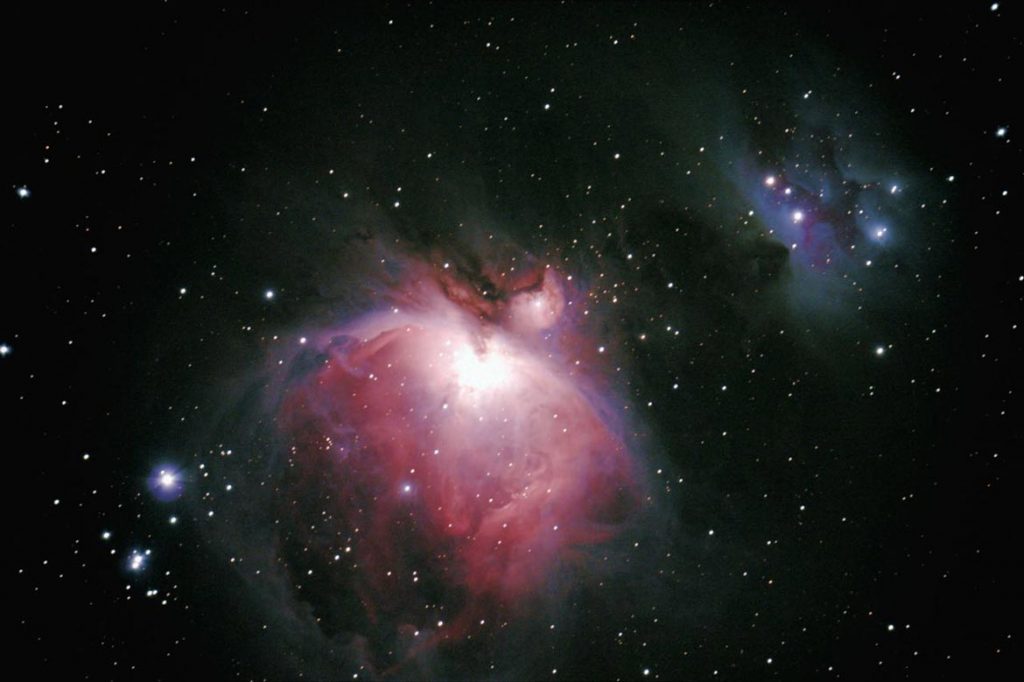
The astronomical ephemeris are a monthly schedule prepared by the Astronomy Sector, which is one of the 12 that make up the PRÓ-VIDA Laboratory Department. In the department, studies, research and scientific experiments related to various topics are developed, as well as field activities and lectures.

The astronomical ephemeris are a monthly schedule prepared by the Astronomy Sector, which is one of the 12 that make up the PRÓ-VIDA Laboratory Department. In the department, studies, research and scientific experiments related to various topics are developed, as well as field activities and lectures.
